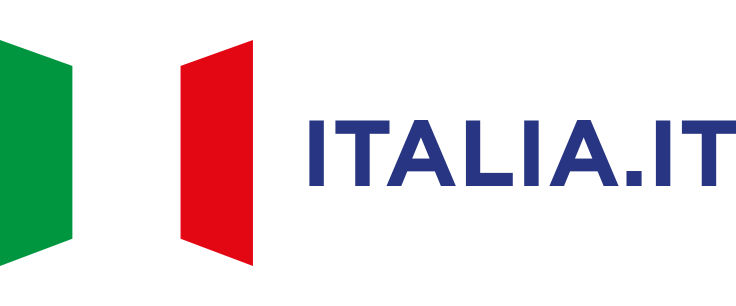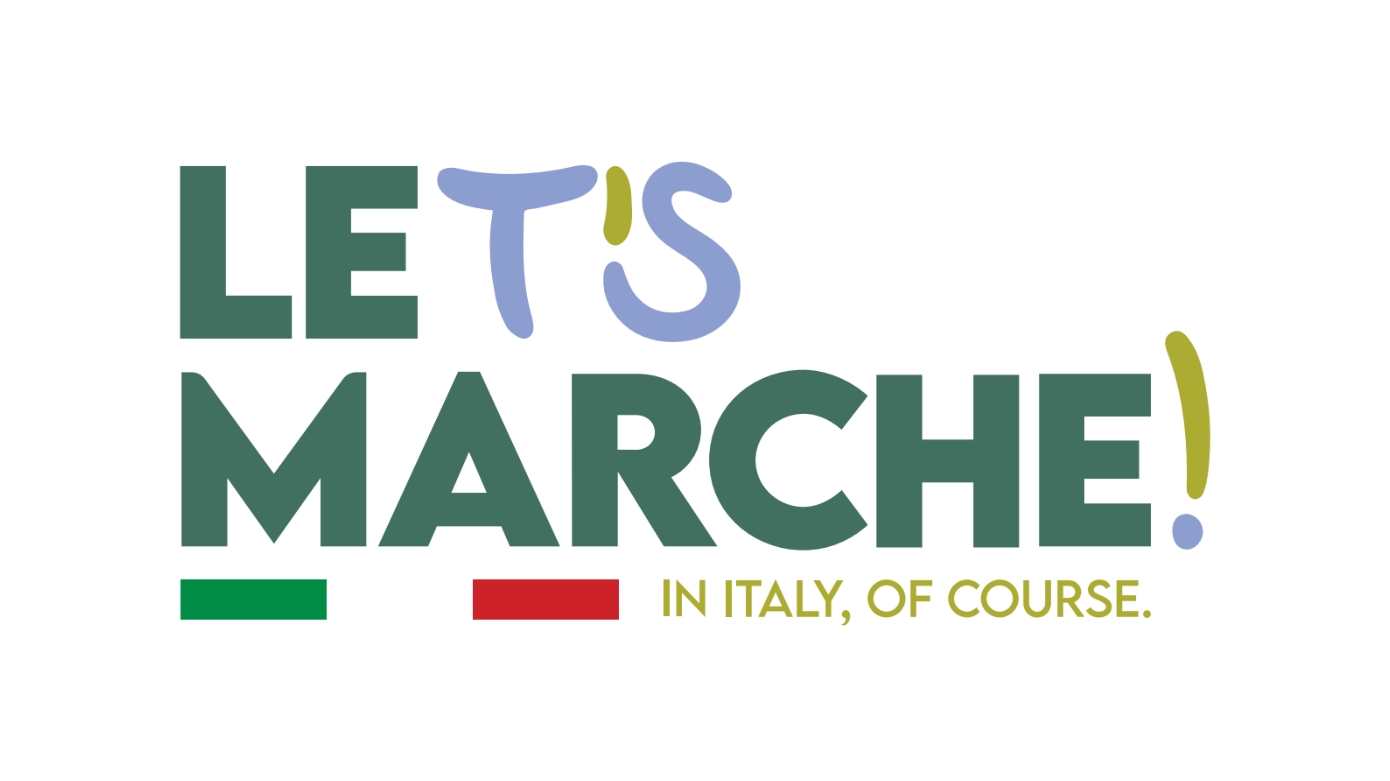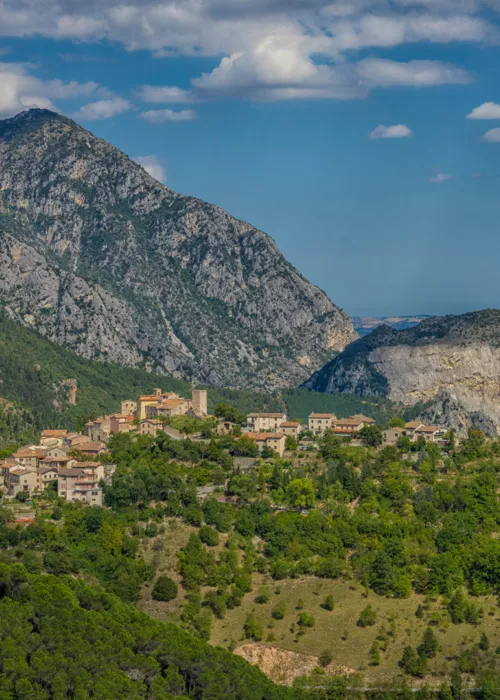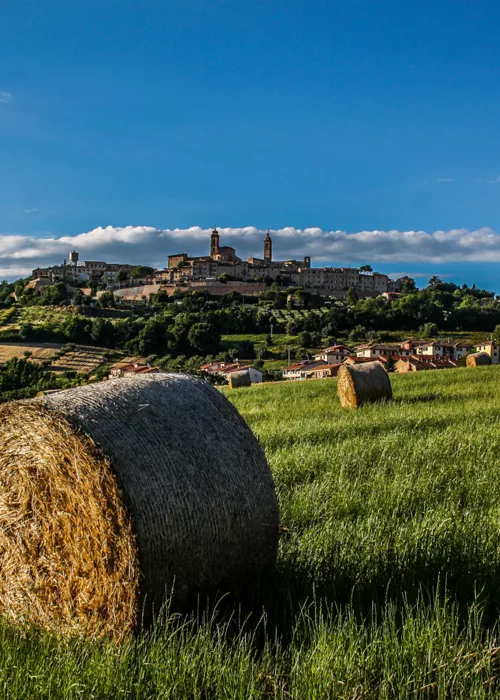Polyptychs in Sant’Elpidio a Mare

Pinacoteca civica of Sant’Elpidio a Mare (The Civic Art Gallery) is named after Vittore Crivelli, whose work is prominently represented there with three of his most important pieces: the Polyptych of the Coronation and Saints—with a predella depicting scenes from the life of Saint John the Baptist (which, until the first half of the 20th century, was attributed to his more famous brother Carlo)—and the Triptych of the Visitation with the Pietà, both originally from chiesa dei Minori Osservanti.
The Polyptych of the Coronation of the Virgin is one of Vittore Crivelli’s most significant works. Created between 1480 and 1489, the polyptych consists of 18 tempera-on-panel paintings. At its centre is the Coronation of the Virgin, surrounded by an assembly of saints and angels. The predella, at the bottom of the work, features scenes from the life of Saint John the Baptist, including the Presentation of Jesus in the Temple.
Polyptych in Torre di Palme

Chiesa di Sant’Agostino in Torre di Palme houses a stunning polyptych by Vittore Crivelli, positioned behind the altar as the crowning feature of the presbytery. It's a vibrant display of enamel-like colors, amplified by a dazzling gold background that leaves viewers truly astonished. Measuring 2.37 metres in height and 2.50 metres in width, the painting was commissioned from Crivelli in the late 15th century by the Prior of the Augustinian order for the Church of Sant’Agostino.
Executed in tempera on elm panels, the work reflects a late-Gothic aesthetic and is enriched with Byzantine references—evidence of the influence both Crivelli brothers absorbed during their time in Zadar, Dalmatia.
The central theme of the polyptych is original sin and the need for redemption. Mary, depicted as the Immaculate Conception and symbol of salvation, brings forth the Divine Child who will redeem humanity through his death and resurrection.
Crivelli’s polyptych consists of 12 gold-background panels, framed together and accompanied by a predella featuring 13 niches.











?wid=500&hei=700&fit=vfit,1&fmt=webp)


